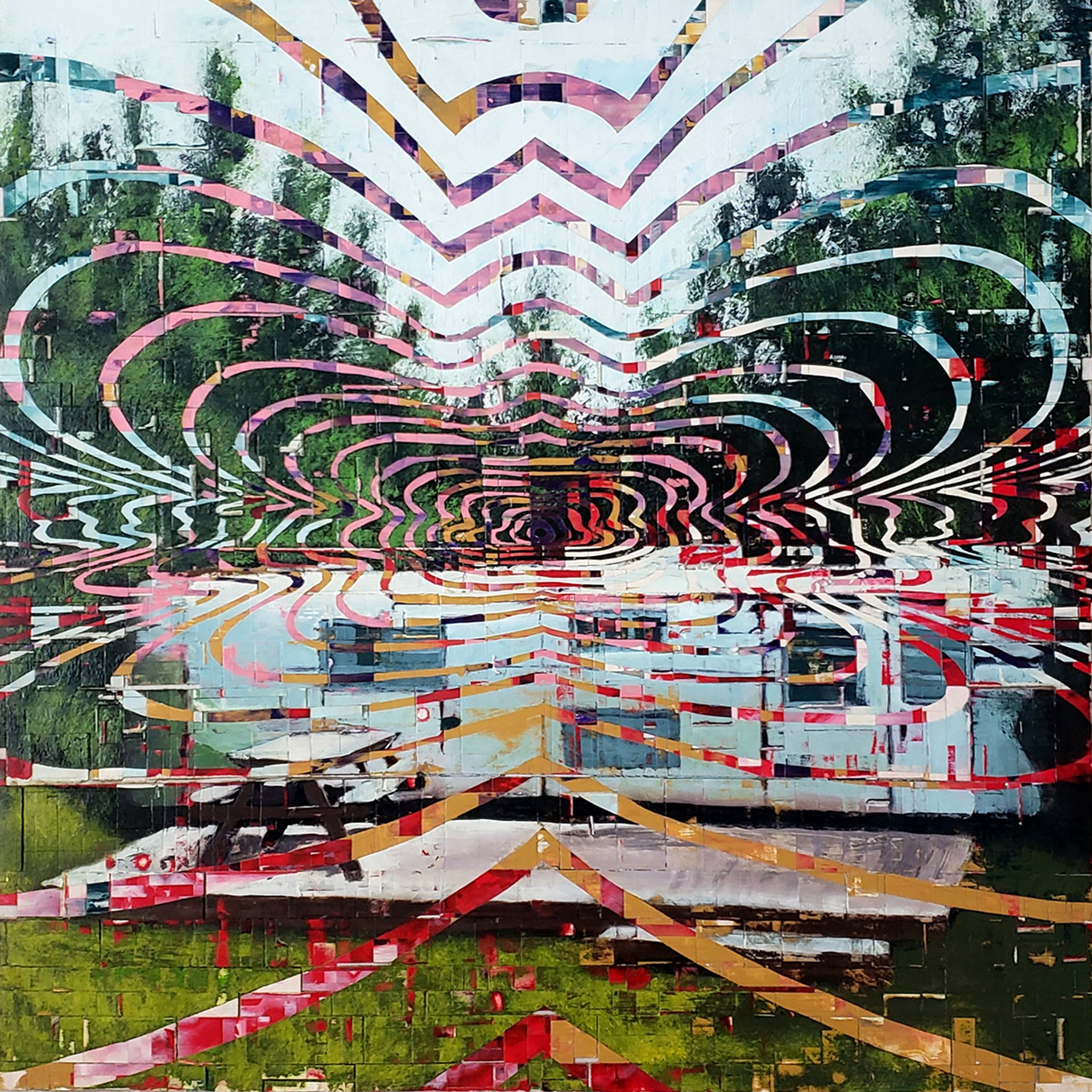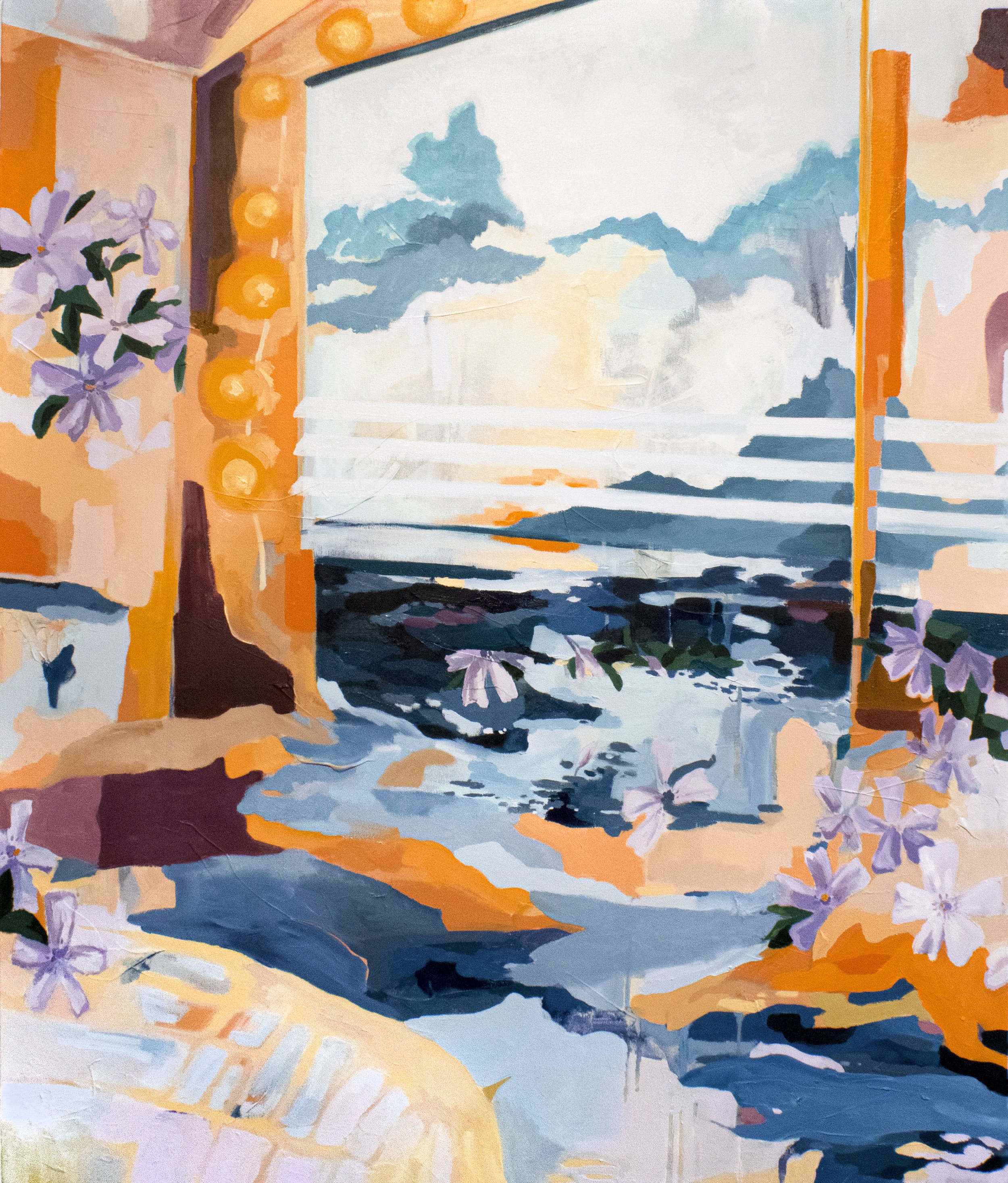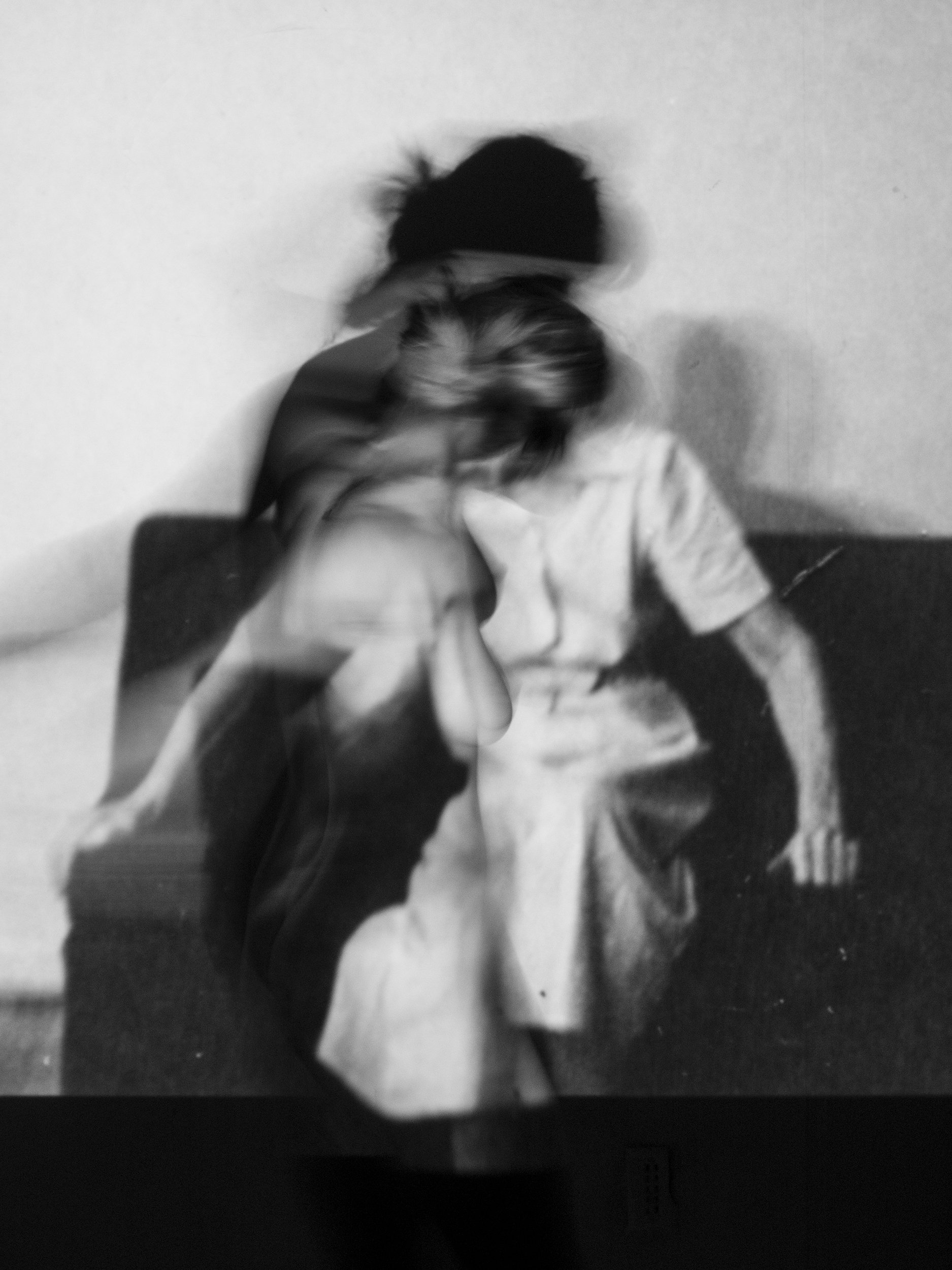ROY Presents: Zach Van Horn | Avery Hartranft | Amber Elison
ROY Asks
What is your name and what pronouns do you use?
My name is Zach Van Horn. My prefered pronouns are he/him/his.
How has art (whether it be your own or art in general) changed you?
Art has always been a part of my life so it's difficult to say how it has changed me. It would be better to describe what I will miss if I cut off art from my life. I think my ability to be in touch with my intuition would atrophy if art was no longer a part of my life. Looking at my own and other individuals' art forces me to see what is presented and to trust my ability to make sense of the information being presented in an honest way. Art making and viewing is also grounding by helping me express abstract ideas or concepts while also providing a physical rhythm in the production process to allow for deep meditation to occur.
How did you start your artistic practice?
I was always interested in making art. My mother still has drawings I made when I was a child. I also was active with art making throughout high school through drawing and computer animation courses. The end of high school and my start at The Ohio State University led me to pursue pre-med for a couple years before realizing that that wasn't the correct path for me and I switched to art. It wasn't until I took my first painting course where I would say that my artistic practice as it exists to today began.
When a first-time viewer sees your work, what is the first word that you hope they think of when looking at it?
I don't know if a specific word comes to mind. I actually hope that no words are uttered and instead viewers of my work let out a slight sigh.
ROY Asks
What is your name and what pronouns do you use?
My name is Avery Hartranft and I use she/her pronouns.
How has art (whether it be your own or art in general) changed you?
I think art has allowed me to understand myself and the surrounding world in a whole new way. It has been really eye opening in the sense that I can see specific details and beauty that I may not have recognized without that creative lens.
How did you start your artistic practice?
As a middle schooler I had always loved to create art, but it wasn’t until my first high school painting class that I realized I had found some integral part of myself in art. I decided the summer before my first semester of undergrad that I had no desire to do my original major of graphic design and switched to studio art before the semester began. College was where I began my true artistic practice, breaking down the things I was comfortable with and learning what it truly meant to create meaningful work for myself.
When a first-time viewer sees your work, what is the first word that you hope they think of when looking at it?
I hope viewers think of comfort when they see my pieces. This body of work stems from a place of calmness and familiarity for me, since it represents people and places I love. I want others to feel drawn to my work because they recognize something in the painting, whether that be a feeling, object, or relationship of their own, that brings them to a place of comfort and reflection.
ROY Asks
What is your name and what pronouns do you use?
Amber Elison, she/her
How has art (whether it be your own or art in general) changed you?
Art has changed me because it’s given me permission to feel my deepest feelings, and to pursue hard questions in unexpected ways. Art helped save my life in a period of deep emotional and existential crises during my twenties. During that time, I was introduced to the music of Estonian composer Arvo Pärt, the films of Polish filmmaker Kristof Kieślowski and the soundtracks of his collaborator, Zbigniew Preisner. While my influences and interests have expanded since then, I have continued to return to these artists’ work because they had the depth and breadth to contain all the pain and longing I was experiencing at a crucial time in my life. Since then, all I’ve wanted to do is find a way to participate in that flow of creativity and questioning.
How did you start your artistic practice?
I started my visual art practice in my early 30s. My artistic background until then was in theatre and voice, as well as just trying to live creatively in the everyday. Moving into a visual practice was more out of necessity at the time because I needed a practice for seasons of introversion/depression – something I could do on my own at any time. I started by taking classes in painting/drawing and then became absorbed in photography, and eventually video. It’s been a very meandering path, but I’m grateful for that experience and enjoy working across many mediums, including performance and voice again.
When a first-time viewer sees your work, what is the first word that you hope they think of when looking at it?
I hope to invite feeling before thinking! For me, feeling has always been primary in art – it is what initiates shifts in thought and perception.



